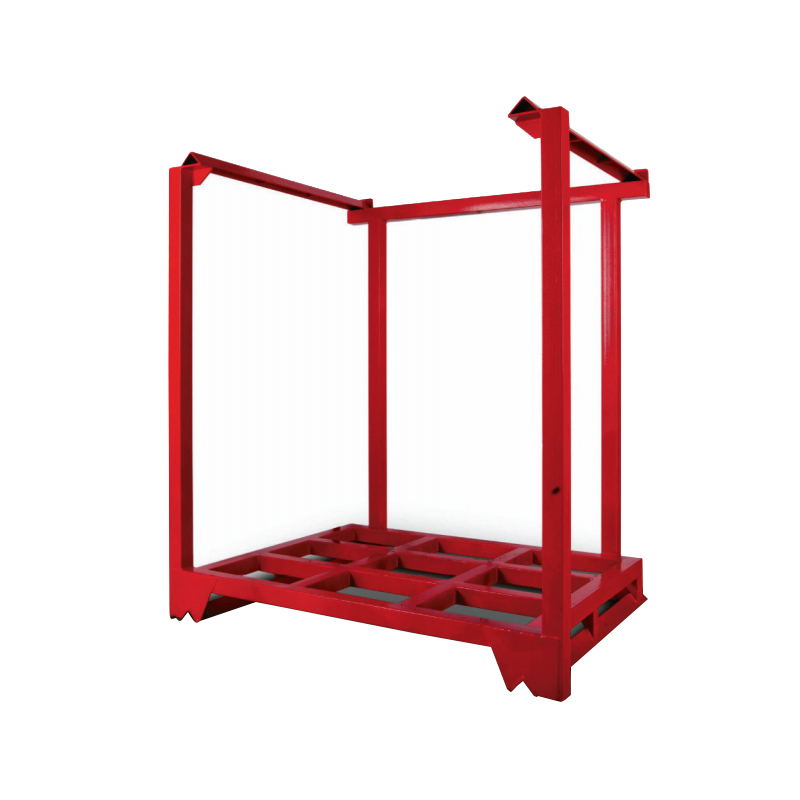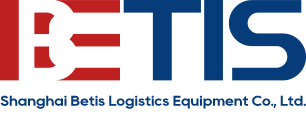In today’s fast-paced industrial environments, adaptability is not just a preference—it’s a necessity. That’s where the modular design of stacking racks proves to be an invaluable asset. Unlike rigid, permanent racking systems, modular stacking racks offer users the ability to easily adjust their storage layout in response to shifting inventory needs. Whether you're managing seasonal fluctuations, introducing new product lines, or reorganizing workflow, modularity lets you respond quickly without major infrastructure changes.
One of the key strengths of modular stacking racks lies in their standardized yet flexible construction. Most models are engineered with uniform dimensions and secure interlocking mechanisms, making them easy to stack vertically or configure in different formations depending on the space. This design allows operators to build up or scale down their storage systems without additional tools or specialized labor. The ability to rearrange your storage configuration as needed directly translates into operational efficiency and better use of valuable floor space.
In industries like manufacturing, logistics, or wholesale distribution, the constant rotation of goods demands a storage solution that can keep up. Modular stacking racks serve as a dynamic system that can adapt to product volume changes or workflow redesigns. If you're expanding storage for bulk items one week and then shifting to smaller, palletized goods the next, these racks can accommodate both scenarios. This inherent flexibility reduces downtime and supports smoother transitions between tasks and product types.

Another advantage is the potential to simplify warehouse planning and reduce long-term costs. Because modular stacking racks are reusable and reconfigurable, businesses can minimize the need for frequent racking replacements or costly redesigns. In fact, many warehouse managers find that investing in stackable modular systems upfront reduces hidden expenses tied to fixed installations. As a manufacturer with years of experience in industrial storage, we’ve seen how well-planned modular rack setups can extend the life and usability of a facility’s entire storage infrastructure.
Stacking racks with modular features are also ideal for businesses managing multiple warehouse locations or temporary storage areas. Since these racks are easy to disassemble, transport, and reassemble, they support relocatable operations without compromising durability. This becomes especially valuable in industries that rely on pop-up distribution centers or seasonal stockpiling. The mobility factor adds yet another layer of efficiency to the equation, helping you respond to customer demand with greater agility.
When evaluating modular options, it’s essential to ensure that structural integrity isn’t compromised for flexibility. High-quality stacking racks should feature robust welds, uniform powder coating, and precise alignment tolerances. These elements not only support stacking safety but also ensure long-term reliability even in demanding industrial environments. Working with a specialized manufacturer helps ensure that the racks you receive meet these standards while still offering the customizable features that modular storage systems require.
Ultimately, stacking racks with modular design represent a smart, scalable solution for businesses seeking both efficiency and adaptability. Whether you’re managing rapid growth, frequent product changes, or evolving warehouse layouts, the right modular system will help you optimize operations without locking you into a static setup. We’re here to help you find the right configuration tailored to your needs—because flexible storage should never come at the cost of performance.
